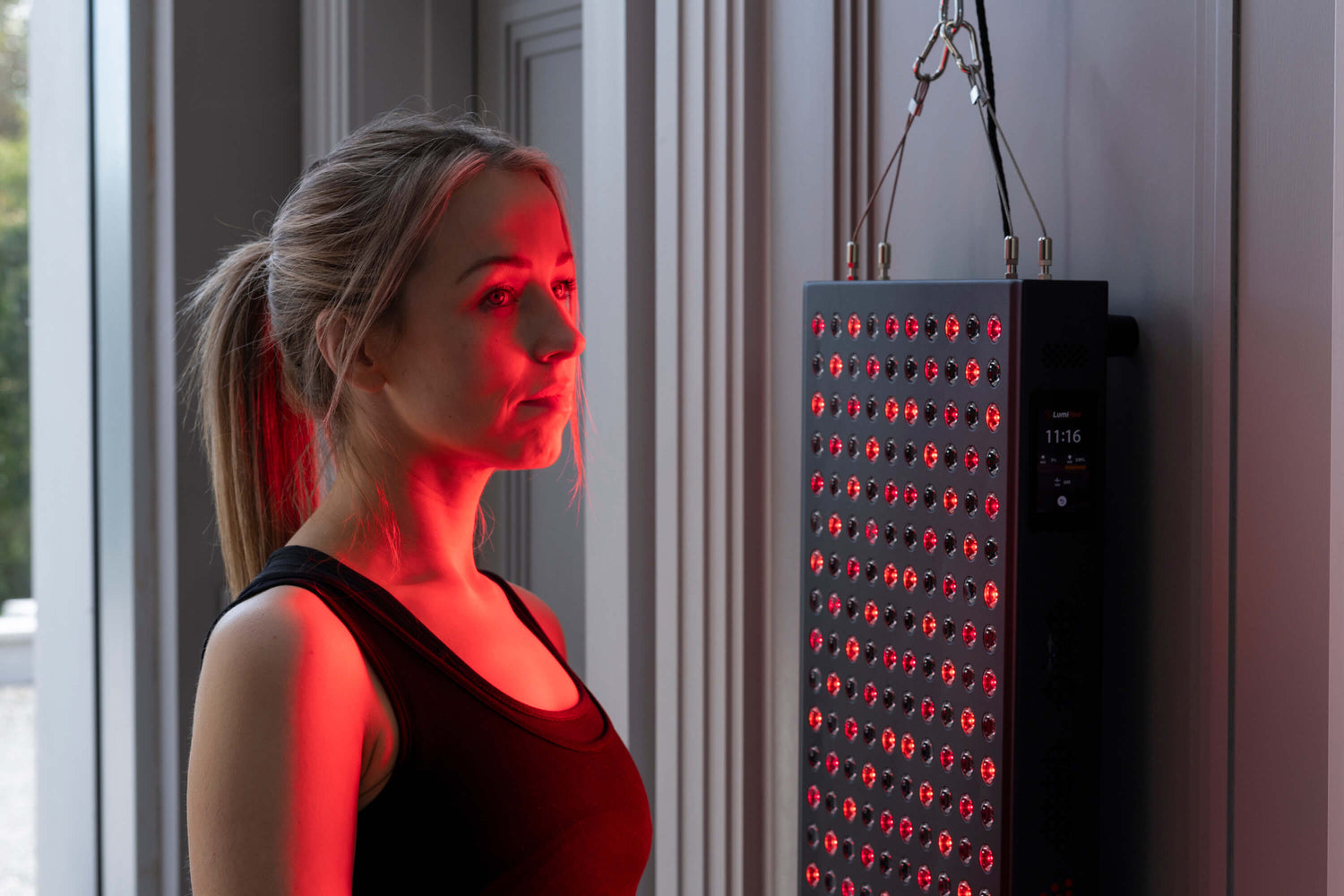Red light therapy (RLT) has shown potential in improving sleep quality, which can be particularly beneficial for individuals struggling with sleep disorders or disturbances. The mechanisms by which RLT may aid in sleep are multifaceted:
1. Regulation of Circadian Rhythms: Exposure to red light, especially in the evening, is believed to influence the body's circadian rhythms – the internal clock that regulates sleep-wake cycles. Unlike blue light, which can be disruptive at night, red light lacks the same impact on melatonin production, the hormone responsible for sleep. Thus, RLT may help maintain healthy circadian rhythms, promoting better sleep.
2. Production of Melatonin: RLT may aid in the natural production of melatonin in the body. Although red light doesn't directly stimulate melatonin production like darkness does, it's less disruptive compared to other light wavelengths, especially blue light. This can be conducive to a relaxing, sleep-friendly environment.
3. Reduction of Stress and Anxiety: Stress and anxiety are common causes of sleep disturbances. The therapeutic effects of RLT, such as reduced inflammation and pain relief, can create a sense of relaxation and well-being, which may help lower stress and anxiety levels, thus promoting better sleep.
4. Alleviation of Pain and Discomfort: For individuals suffering from chronic pain or discomfort, RLT's pain-relieving properties can lead to improved sleep. By reducing pain and inflammation, it can be easier to find a comfortable sleeping position and to stay asleep throughout the night.
5. Improved Overall Health: Since RLT can enhance overall physical health by boosting circulation, aiding in tissue repair, and improving skin health, these benefits can indirectly contribute to better sleep. A healthier body often correlates with improved sleep quality.
6. Safe and Non-Invasive: As a non-invasive, drug-free treatment, RLT offers a safe alternative or complement to other sleep aids, without the side effects that some medications can cause.
It's important to note that while RLT shows promise in improving sleep, it is not a cure for sleep disorders and should ideally be used as part of a broader approach to sleep health, including good sleep hygiene practices and consulting with healthcare professionals for chronic sleep issues. The effectiveness of RLT for sleep can vary from person to person, and further research is ongoing to fully understand its impact on sleep.>
Welcome to our store
Welcome to our store
Welcome to our store




